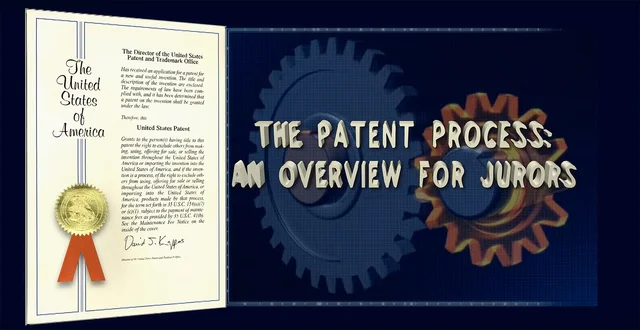
Judge Andrews issued an interesting opinion today denying a requested $9 million attorneys' fee award in Acceleration Bay LLC v. Take-Two Interactive Software, C.A. No. 16-455-RGA (D. Del.).
There were a number of facts in defendant's favor, but not quite enough to get over the bar for fees under § 285. The one that most caught my eye was that the Court had previously expressed concerns about counsel's candor—a rare thing for the Court in the District of Delaware to do:
Defendants argue that the impropriety of Plaintiff's litigation conduct-including the lack of candor, forcing relitigation of lost issues, and the pattern of inappropriate conduct in previous cases-further proves that this case …








